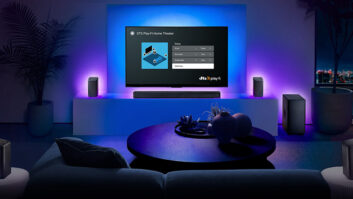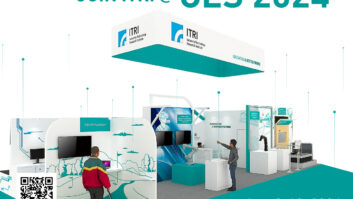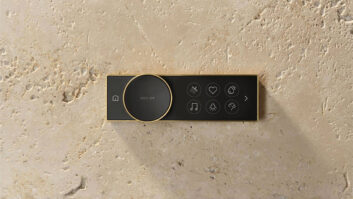Las
Vegas – The WiFi Alliance is
coming to CES to demonstrate prototypes of CE products incorporating the new Wi-Fi
Direct standard, which was approved in December.
Although no Wi-Fi Direct products will be introduced at the show,
new products incorporating the technology will be available “very quickly”
after the alliance launches a certification program, which is expected to start
in mid year, alliance executive
director Edgar Figueroa told TWICE. Software updates for the installed base of
Wi-Fi devices, including cellphones, could be available sooner than new
products, perhaps even within a week of the certification program’s launch, he
added.
Wi-Fi Direct lets Wi-Fi devices talk directly to one other
without connecting to a wireless local area network (LAN),
thus conserving WLAN bandwidth. Wi-Fi Direct will ride on top of the current
802.11a/b/g/n WLAN standards, deliver the same datarates and ranges as those
standards, and consume no more power than them, Figueroa said. It also
incorporates WPA2 security and Wi-Fi Protected Setup to simplify security
setup.
Demonstrated products at the alliance booth and at members’
booths could include wireless mice and keyboards, streaming content from a
laptop to a display, and remote controls
Wi-Fi Direct will be easier to use than the current peer-to-peer
Wi-Fi ad hoc spec, encouraging consumers to use the peer-to-peer option,
Figueroa said. Once a Wi-Fi Direct connection is made, an automatic
service-discovery feature enables the device to determine what functions it can
carry out. Pop-ups or other prompts would then ask the user whether they want,
for example, to connect to a display or print to a printer. The current ad hoc
spec requires users to disable regular Wi-Fi and put their device into ad hoc
mode, and there are no user prompts, Figueroa said. “It’s difficult to set up,”
he said.
Just as important, only one device needs to support WiFi Direct
in order to communicate with any other WiFi device, he noted. The device
without Wi-Fi Direct thinks it’s talking to a Wi-Fi access point, Figueroa
explained.
To encourage enterprise use, the spec lets IT departments allow
or disallow Wi-Fi Driect use in networked office devices.













